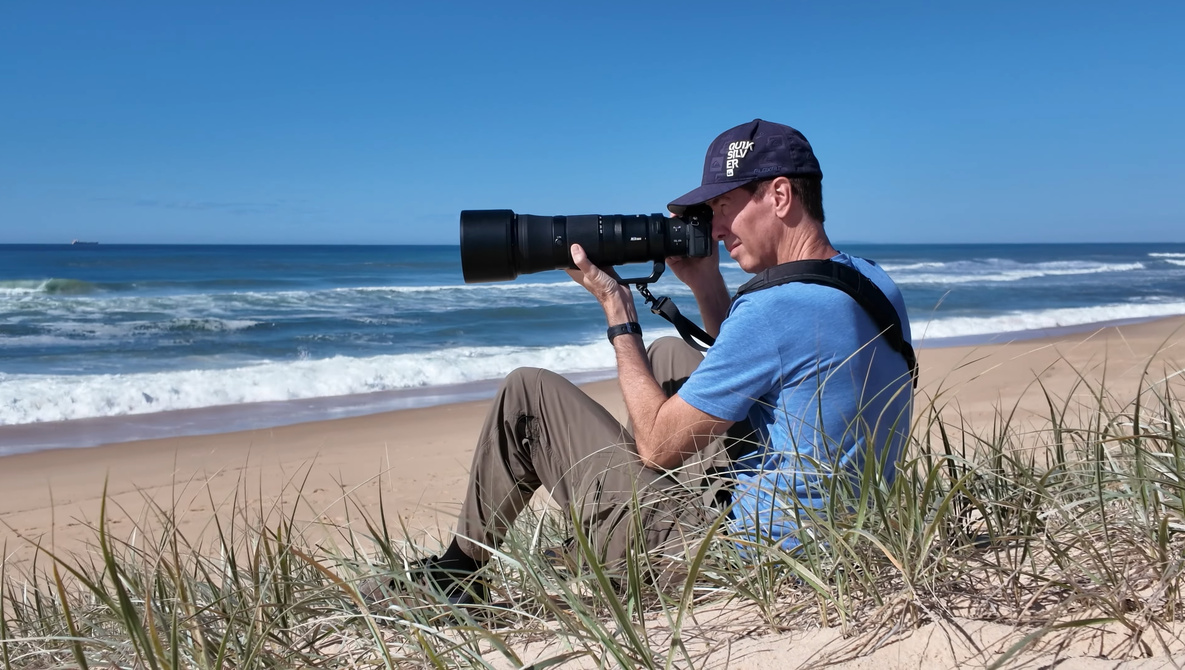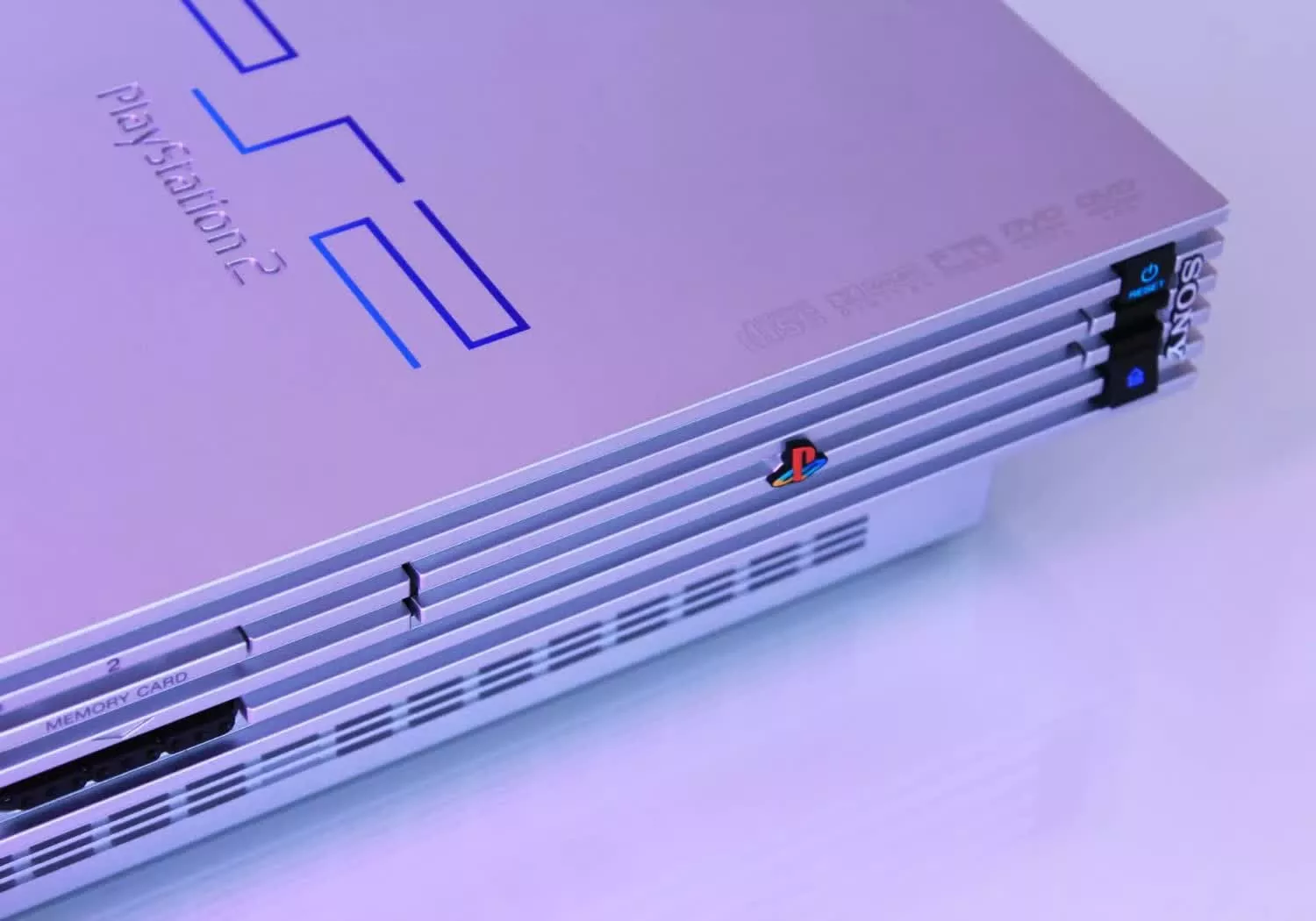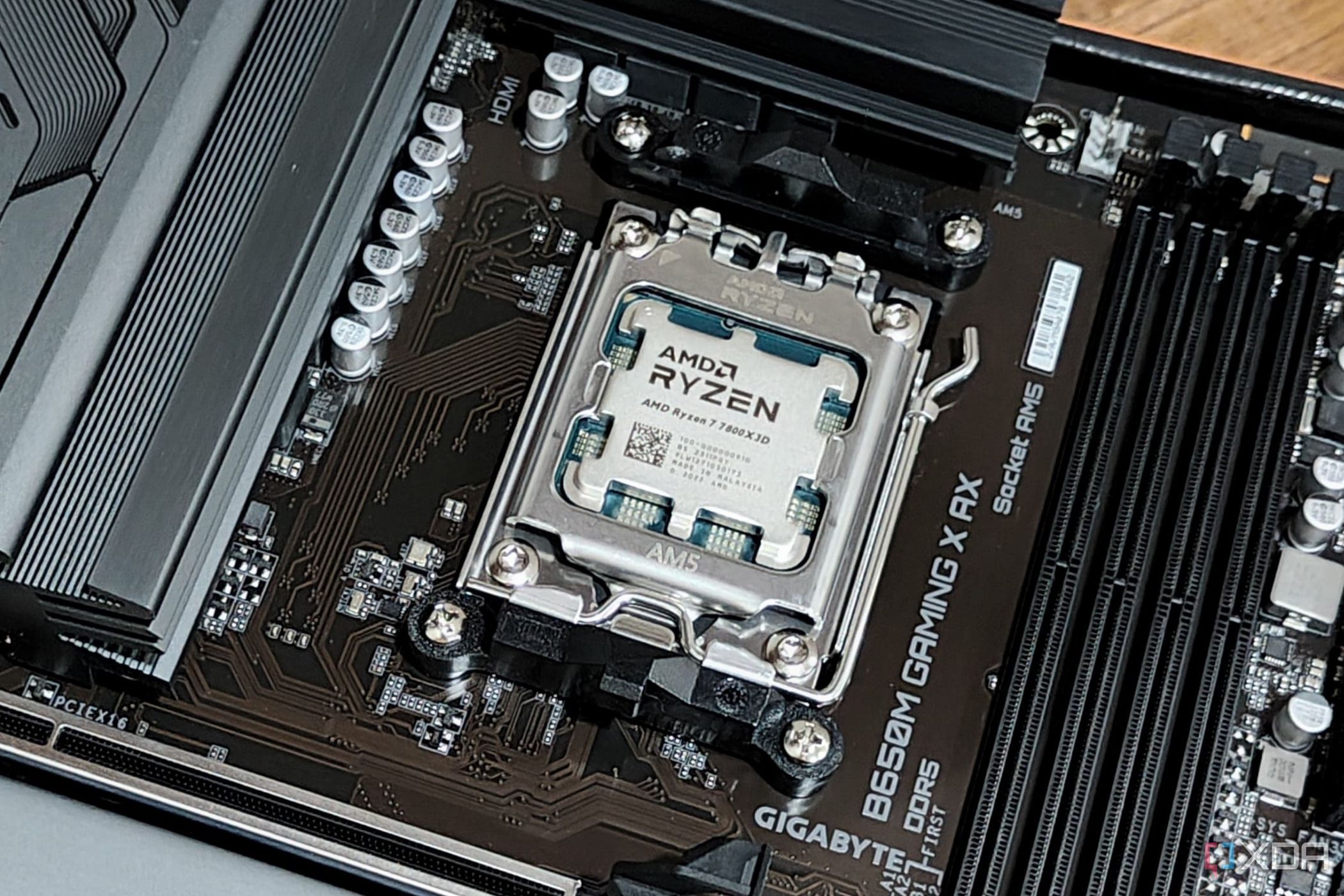The Nikon Z50 II has emerged as a viable option for photographers seeking a compact yet powerful camera. Over the past year, photographer Alford has put the mirrorless camera to the test in various shooting conditions, providing insights into its performance beyond mere specifications. This practical examination reveals how the Z50 II can serve as a primary camera, particularly for those prioritizing agility in their photography.
Alford transitioned to the Z50 II after a less successful experience with another studio and vlogging camera. He found the Z50 II to be a compact, versatile tool that could handle a variety of tasks, from video content creation to everyday photography. The Expeed 7 processing engine and advanced subject detection make this camera well-suited for both studio and outdoor settings.
Real-World Performance and Features
The Z50 II features a 23.5 x 15.7 mm CMOS sensor with an effective resolution of 20.9 megapixels. It offers a native ISO range of 100 to 51,200 for photography, expandable to 204,800. This capability allows for impressive low-light performance, essential for outdoor and indoor shooting scenarios. The camera supports continuous shooting at speeds up to 30 frames per second at full resolution, which is beneficial for capturing fast-moving subjects.
Alford highlights the camera’s ability to record UHD 4K video at 3,840 x 2,160 resolution, utilizing both H.264 and H.265 formats. With options for both 8-bit and 10-bit color depth, the Z50 II provides filmmakers with significant flexibility during post-production. The inclusion of N-Log and HLG gamma options enhances the grading potential, allowing for more creative control over video projects.
When paired with a telephoto lens, the Z50 II can achieve a field of view equivalent to 270–900mm due to its 1.5x crop factor. This capability transforms it into a formidable tool for wildlife photography. Alford’s footage illustrates the camera’s effectiveness in capturing distant subjects, showcasing its ability to deliver impressive results without the need for bulky gear.
Considerations and Limitations
Despite its strengths, Alford candidly discusses the Z50 II’s limitations. He notes that battery life can fall short, especially when utilizing high frame rates or extended bursts while photographing wildlife. For extended shooting sessions, he recommends carrying multiple batteries and a dedicated charger, as the in-camera USB charging may not suffice for full days of shooting.
The absence of in-body stabilization is another notable drawback. Alford advises using lenses equipped with vibration reduction (VR) for video and low-light situations. He demonstrates how to work around these limitations, providing viewers with practical solutions rather than a simple pros and cons list.
The Z50 II’s compact design makes it a strong candidate for travel and outdoor adventures. Alford often leaves heavier equipment at home in favor of the Z50 II and a couple of lenses, aligning with the needs of photographers who seek a lightweight kit capable of serious work. He touches on the camera’s performance in challenging conditions, such as low-light environments and astrophotography, without delving into overly technical jargon.
In summary, the Nikon Z50 II stands out as a capable camera that can fulfill the needs of various photographers, from casual users to those with more demanding requirements. Alford’s firsthand experience illustrates how this compact camera can be integrated into a broader photography system, making it a worthy consideration for anyone looking to enhance their shooting experience. For a deeper dive into his experiences with the Z50 II, viewers can refer to Alford’s detailed video review.
This analysis provides a realistic perspective on what to expect when transitioning from a DSLR or larger mirrorless body to the Z50 II, ensuring it can effectively handle a range of shooting scenarios.







